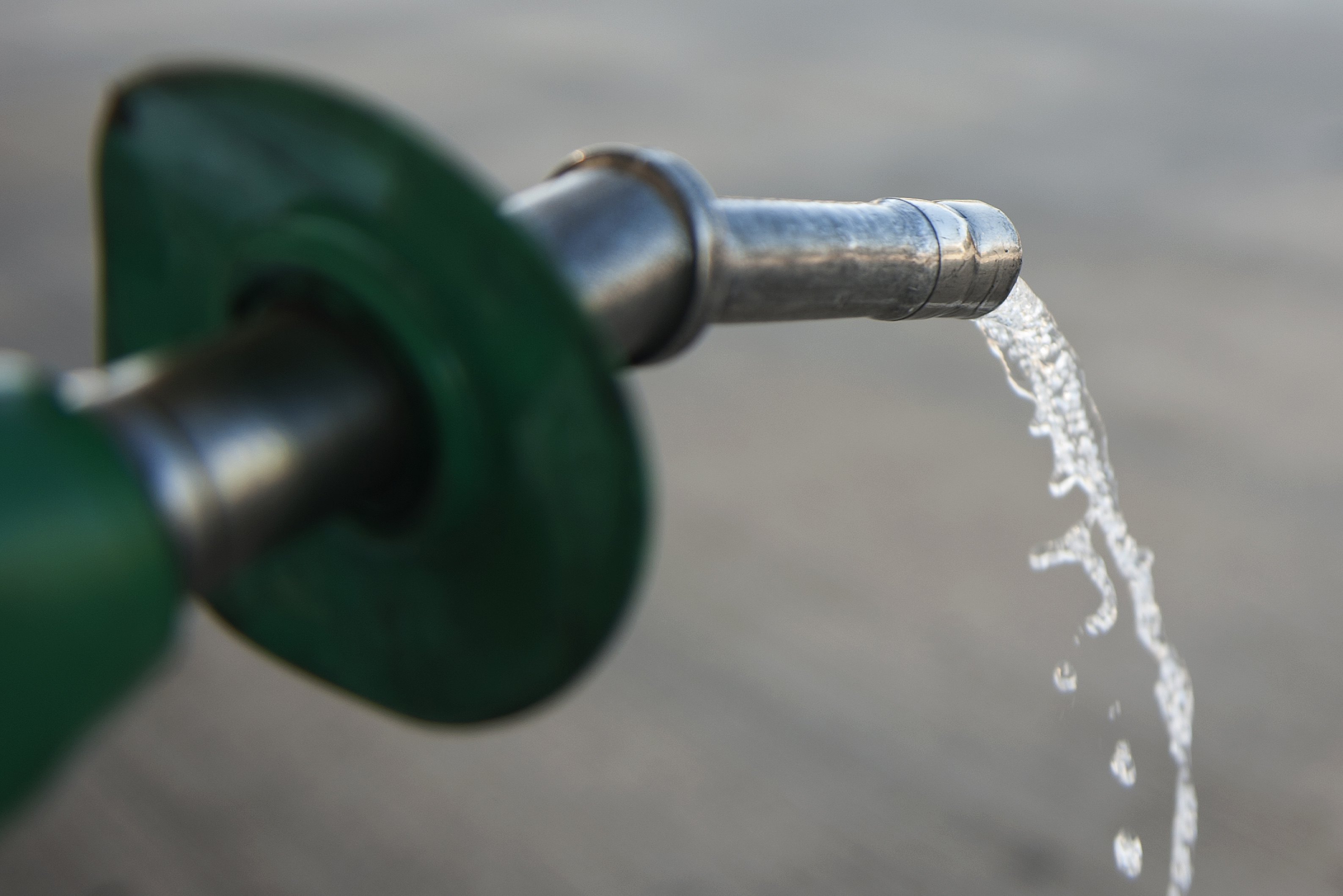The New and Renewable Energy Authority (NREA) decided to give the lands reclaimed from the wind energy feed-in tariff investors to the companies wishing to establish projects to produce electricity from wind energy using the build, own, operate (BOO) system.
Mohamed El Khayyat, the head of the NREA, said that nine companies obtained lands to implement the wind energy project in the Gulf of Suez within the projects of the feed-in tariff, however, they have not presented an approval letter to international banks to fund the projects, hence, they could not collect the funds needed for their projects on the specified time of 28 April of last year, and the lands were retrieved from the investors.
El Khayyat told Daily News Egypt, in an exclusive statement, that the lands retrieved in the Gulf of Suez will be given to the companies that made offers to establish wind energy plants using the BOO system after the approval of the cabinet on the presented offers.
The area of lands retrieved by the NREA is 90 sqm, as each company gets 10 km of the lands.
Sources at the Ministry of Electricity said that some of the companies that have not been able to complete the financial closure of the feed-in tariff projects have made official requests to implement the wind energy plants according to the BOO system. Some of these companies include Elsewedy, Infinity, ACWA Power, and Alcazar.
Some other companies have completely overlooked investing in wind energy projects and have handed over the lands to the NREA, recovering the amounts paid and deducting the fines. These companies include Falcon, which is affiliated to Desert Technology Group.
The sources said that the retrieved lands could be granted by the NREA to other investors according to the usufruct system in competitive bidding or decreasing auctions planned to be implemented within weeks.
“The measurements and studies conducted on the lands allocated for the feed-in tariff investors are the NREA’s rights and investors shall not demand any amounts for these studies or measurements,” the sources continued.
According to the land agreement signed by the investors with the NREA in 2015, the second item of the contract points out that the lands are licensed in the usufruct system and allocated for building a wind energy plant. The company handles conducting climate measurements and calculations, as well as studies of the wind speed and direction. The company is committed to this and must inform the NREA of the people on the lands in a report every three months.
According to the agreement, if the company breached any of the conditions, the NREA would have the right to end the licensing. If the company wanted to eliminate the licensing before the allowed period of 15 months, a special financial settlement shall be conducted to include the actual costs.
Work on the second phase of the feed-in tariff started on 28 October 2016. Since the price to purchase a produced kilowatt was announced, investors have objected to the low value, which could lead financial institutions to reject funding the projects given the low tariff price.
According to the controls of the second phase of the feed-in tariff programme of renewable energy projects, investors must achieve the financial closure of wind energy projects within 18 months, starting from 28 October 2016, given that a letter of commitment must be presented by the foreign funding bodies within a period of a maximum of 12 months for wind energy projects.




